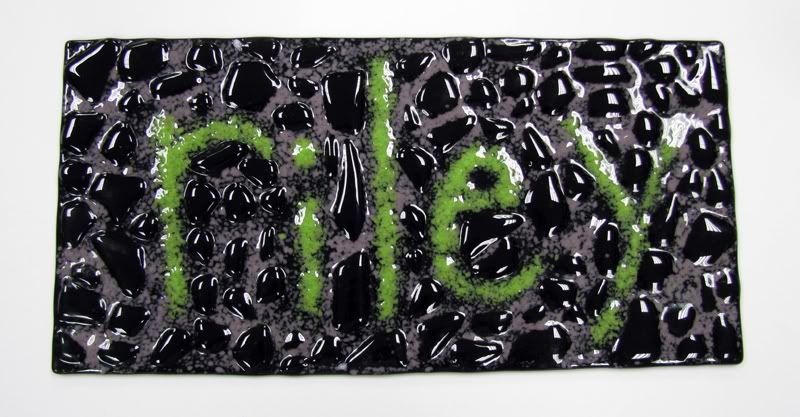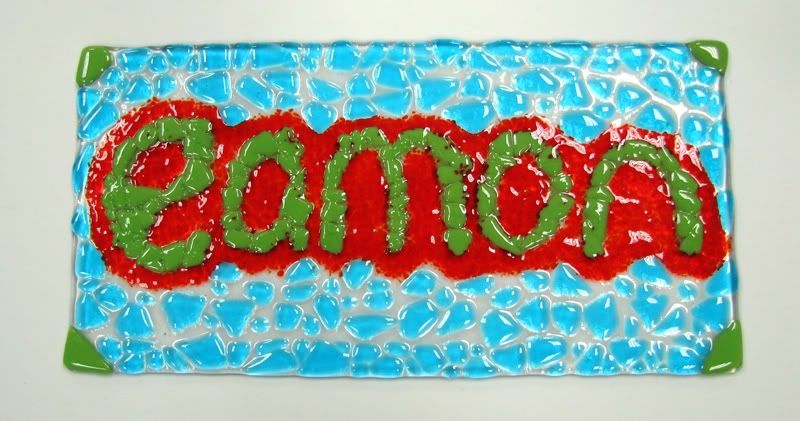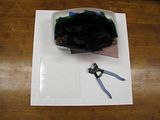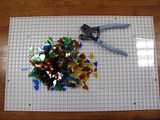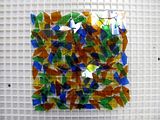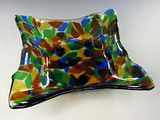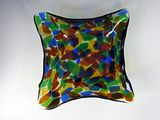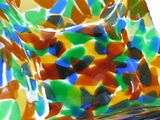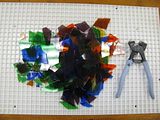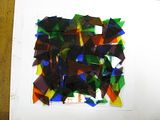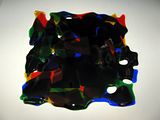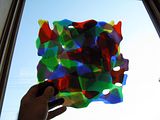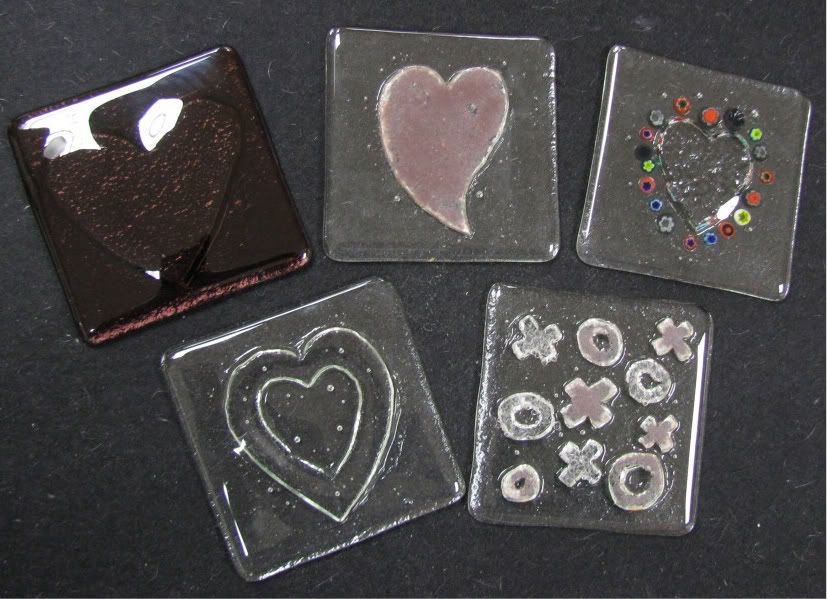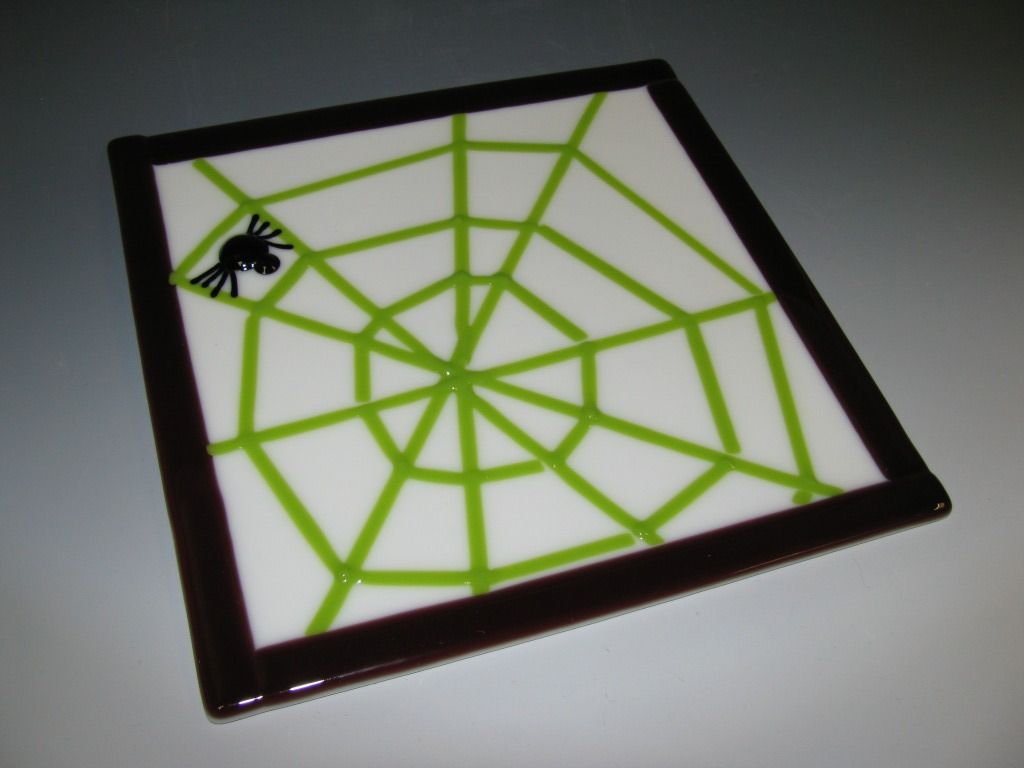
Three things come to mind when I think about my Halloweens as a child -candy (of course), pumpkins, and spiders. I've been wanting to try to make a spider web out of glass for a while, so I decided it was time to do it.
I chose a 9" white blank for the background and to decorate I used Grape Strips and Amazon Green Noodles. I couldn't make a spider web without a spider, so I used a Black Pebble, Black Rod Dot and Black Stringer to build my spider. Easy enough, not too many different pieces!
Supplies I used were a Morton Work Surface, Glass Cutter, Running Pliers, Wheeled Nippers, and our really cool new adhesive, No Days, since I had not used it before.
I used the Grape Strips to build a border, or frame around the blank, and proceeded to lay the Amazon Green Noodles across the blank to build the web by having them cross in the same spot. They were piling up pretty high where they crossed, so I had to cut a few in half to help them lay flat. I then cut smaller pieces to make the rings around the web.
After I finished the web, it was time to build a spider. I used the Pebble for the spider's body and the Rod Dot for the head. The stringers were a perfect size for little spider legs. I just laid them down so they came out from the body and touched the web.
The reason I chose the 9" blank is so I can slump it on the Jumpin' Jack Splash Mold and turn into a candy dish!
Let me know if you have any questions!
Take care,
The Warm Glass Guy

